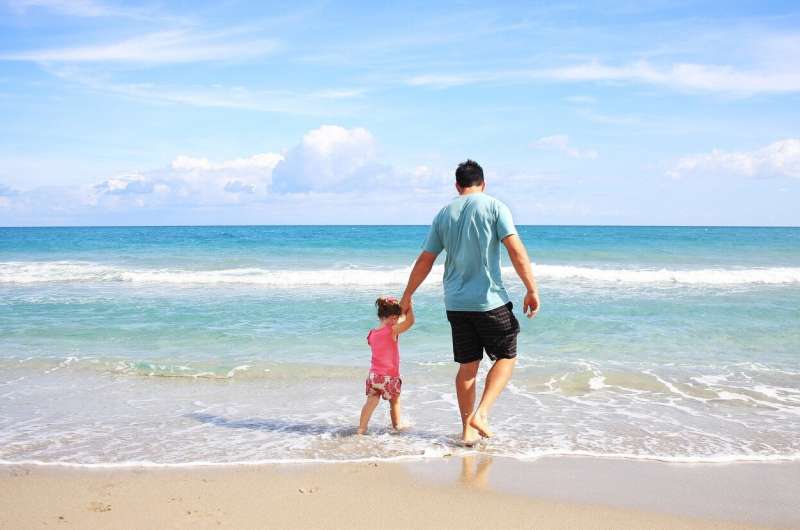

After being cooped up for months, my family would like to take a trip for spring break. Is it safe?
As the COVID-19 vaccine rollout continues, we get a glimmer of hope that the end of the pandemic may finally be within sight. Some families are wondering if it’s safe to travel this spring. At the same time, many popular vacation spots like California, Florida and Arizona still struggle with high COVID-19 infection rates.
This pandemic is constantly evolving, and we are learning more every day. But this can be confusing for families trying to understand everyday risks, let alone to make plans.
Most high-risk people (over 65 and essential workers) are eligible to get the COVID-19 vaccine. However, it may not be until late spring or even summer that other adults and teens over age 16 have access. And it will be even longer still before children can get a COVID-19 vaccine. That’s because vaccine trials for younger teens and children need to be completed.
We are also seeing new variants of COVID-19. These strains are showing to be more easily spread to others. Existing vaccines appear effective in protecting against these variants now. However, experts predict that the virus will continue to spread this spring.
For families who want to get away, it may be a safer idea to focus on summer or fall travel. Even if enough COVID-19 vaccines become available to the general public this spring, it will likely be summer before we see a big drop in community spread. Pushing those travel plans just a few months down the road would not only be a safer option for your family, it will also help to prevent the spread.
For families determined to travel this spring, there are some steps that can help minimize risk. For example, traveling by car to a vacation rental home is much safer than flying to a busy hotel to spend the week at a crowded beach. The key is for families to think about the number of close contacts they’ll likely have during their travels.
Other tips to help reduce risk:
- Check the COVID-19 spread rates where you plan to visit. Locations with high rates of community spread will put families at a high risk of being exposed to COVID-19. If your destination has high rates, be extra cautious when your family is out in public. Be sure to wear face coverings and continue social distancing.
- Travel by car, if possible. While the airline industry has taken several steps in helping to lower the risk of COVID-19 transmission (HEPA air filters, air exchange, electrostatic spraying), traveling by car will limit your contact with others. During stops, remember to wear masks and wash hands with soap and water for 20 seconds. Also, consider packing your own drinks and snacks.
- If you must fly: Take a direct flight, if possible. That will limit the need to change planes and walk through busy airports. Keep your masks on for the entire flight; consider opting out of meals so you don’t have to remove masks. Bring disinfectant wipes to sanitize all the high-touch areas.who
- Pack extra masks and hand sanitizers. Pack at least two masks per child in case one is lost or being washed after use. Include a travel-size dispenser of hand sanitizer as well as a larger container for refills. Ensure that the hand sanitizer contains at least 60% alcohol.
- Have your family get flu shots. Last year, we saw a record number of children from ages 0-4 years who needed to be hospitalized because of the flu. If you haven’t visited your pediatrician already, do so at least two weeks before travel to get the flu shot.
Source: Read Full Article